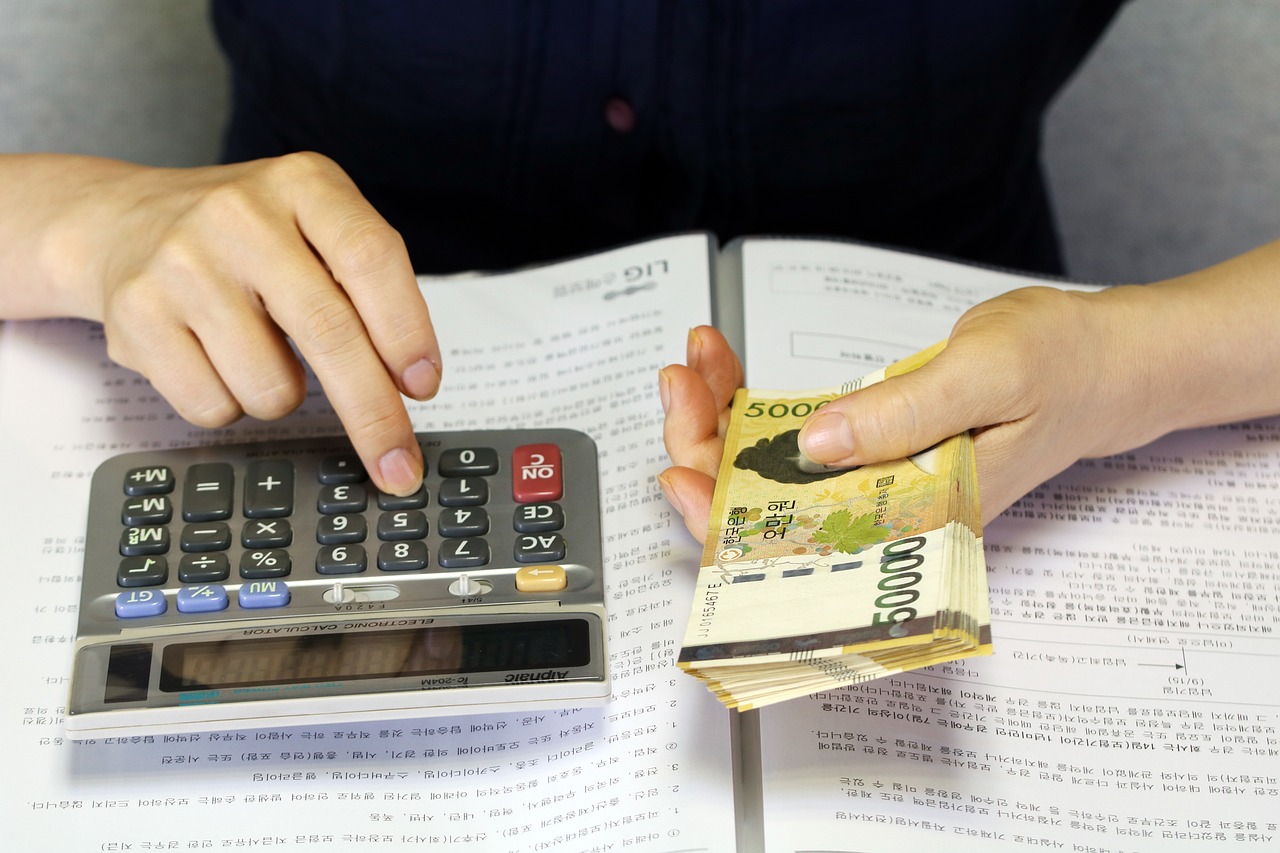IBAN Transfers: Cancellation, Verification, Limits, and Key Information
GPT_Global - 2025-09-16 21:30:37.0 122
Can I cancel or reverse a transfer to an IBAN?
Transferring money via an International Bank Account Number (IBAN) is a popular and secure method used in remittance services worldwide. However, there are instances when you may need to cancel or reverse a transfer. Can this be done? The answer depends on various factors, including the stage of the transaction and the policies of the service provider.
If the transfer has already been processed, it’s typically difficult to cancel. Most remittance businesses emphasize the importance of double-checking details before confirming a transfer. Once funds are transferred to an IBAN, they are usually irrevocable, especially if the recipient's bank has already credited the amount. In such cases, contacting the recipient to request a return may be the only option.
However, some remittance companies allow for a reversal or cancellation within a short window of time after the transaction is initiated, typically before it has been fully processed. Always consult your service provider’s terms and conditions to understand the specifics of your transfer.
In conclusion, while it's challenging to reverse an IBAN transfer, understanding the provider’s policies and acting swiftly can increase your chances of a successful cancellation or refund.

Do all banks support IBAN transfers, or is it limited to certain institutions?
When it comes to international money transfers, the International Bank Account Number (IBAN) has become a crucial element for ensuring smooth transactions. But do all banks support IBAN transfers? The answer is no, not all financial institutions offer IBAN services.
IBANs are primarily used in European countries and regions that follow international standards for financial transactions. Many banks in Europe, the Middle East, and parts of Africa support IBAN transfers. However, institutions in countries like the United States or Canada may not use IBANs, as they rely on different systems, such as SWIFT codes or routing numbers.
For a remittance business, it is important to know whether the recipient's bank supports IBAN transfers. If your bank or the recipient’s bank does not use IBANs, you may need to explore other options like SWIFT payments or alternative transfer methods.
Overall, while IBANs streamline international transfers, they are not universally supported by all banks, especially outside Europe. Always check the specific bank's requirements when sending money internationally to ensure a smooth transfer experience.
How can I verify an IBAN to ensure it’s valid before transferring money?
Before sending an international transfer, it’s essential to verify the International Bank Account Number (IBAN) to ensure your money reaches the right destination. An IBAN is a standardized format used worldwide to identify bank accounts, and mistakes can lead to delays, extra fees, or even lost funds. For remittance businesses, helping customers confirm their IBANs builds trust and reduces errors.
The first step in IBAN verification is checking the structure. Each IBAN has a specific length depending on the country, usually between 15 and 34 characters, starting with a two-letter country code. Ensuring the length and format match the official standard is a simple but crucial step. Many banks and remittance platforms also provide online IBAN validators to automate this check instantly.
Another important aspect is the checksum validation. Every IBAN contains two check digits that allow financial systems to detect typos. By running the IBAN through a mathematical algorithm, you can quickly confirm its validity before processing the transfer. This not only prevents costly errors but also ensures compliance with international banking rules. Verifying the IBAN upfront saves time, reduces risks, and gives customers confidence when sending money abroad.
Can I send money to an IBAN from a foreign country using my local bank account?
Sending money internationally has become easier than ever, but one of the most common questions people have is whether they can transfer funds to an IBAN (International Bank Account Number) from their local bank account. The simple answer is yes, you can. However, there are several key factors to consider when making this type of transaction.
To begin with, you’ll need to ensure your bank supports international wire transfers, as not all local banks offer this service. IBANs are primarily used in Europe and other parts of the world for international transactions. The process involves providing your bank with the recipient's IBAN and other relevant details, such as the bank's SWIFT/BIC code.
While sending money via IBAN is common, you should be aware of potential fees, exchange rates, and processing times that may vary depending on your bank and the country you are sending money to. Some remittance services might offer lower fees and faster transfer times than traditional banks, making them a good alternative for international transfers.
In conclusion, sending money to an IBAN from a foreign country is possible with the right information and tools. Always research the best options for your needs to ensure a smooth and cost-effective transfer.
How do I make a transfer to an IBAN using cryptocurrency?
Sure! Here’s a concise SEO article within the required length: ---Making an international transfer to an IBAN using cryptocurrency has become a fast and cost-effective option for global remittances. Unlike traditional bank transfers, which can take days and involve high fees, crypto-based transfers often provide near-instant settlement and lower costs, making them ideal for sending money abroad.
The process starts by selecting a trusted remittance service or crypto exchange that supports IBAN payouts. After depositing your cryptocurrency, such as Bitcoin or USDT, the service converts it into the recipient’s local currency. Then, funds are transferred directly to the recipient’s bank account via their IBAN, ensuring a smooth and compliant transaction.
This method is particularly useful for expatriates, freelancers, and businesses that need reliable cross-border payments. By leveraging blockchain technology, users gain speed, transparency, and security, while still reaching traditional banking systems. Always choose a regulated service provider to guarantee compliance with financial regulations and to protect your funds during the transfer.
Are there limits on how much money I can transfer to an IBAN?
```htmlWhen transferring money to an IBAN (International Bank Account Number), there are some limits to consider. These limits can vary based on the financial institution, the country you're transferring money to, and the method used for the transaction. Banks and remittance services often impose daily, weekly, or monthly limits on transfers to mitigate fraud risks and comply with regulatory requirements.
For instance, online transfer services may have lower limits compared to traditional banks, with some providers offering flexibility to increase limits after verifying your identity. Additionally, the type of transfer—whether it’s personal, business, or a remittance—can also impact the amount you can send.
It's important to check with your bank or remittance service to understand their specific transfer limits. Factors such as the sender’s and receiver's locations, the currency being transferred, and the destination country’s regulations may also influence the transfer cap. Make sure you’re aware of any fees or additional charges that may apply when exceeding the limits of a standard transfer.
```How can I check the IBAN format to avoid errors when transferring funds?
Sure! Here’s a concise SEO-friendly article for your remittance business: ---When sending money internationally, ensuring that the International Bank Account Number (IBAN) is correct is essential to avoid delays or failed transactions. The IBAN format is a standardized system used globally to identify bank accounts across borders, making cross-border remittances safer and faster.
To check the IBAN format, start by verifying its length. Each country has a fixed IBAN length, ranging from 15 to 34 characters. For example, IBANs in Germany have 22 characters, while those in the UK have 22 as well. If the IBAN is shorter or longer than the expected format, it is invalid and should be corrected before initiating the transfer.
Another way to validate an IBAN is by using online IBAN checkers provided by banks or trusted financial institutions. These tools can confirm whether the entered IBAN complies with the official structure, including country code, bank code, and account number. Additionally, always double-check the details with your recipient to reduce the risk of errors.
By ensuring the IBAN is accurate before sending funds, you save time, reduce costs from failed transfers, and enjoy peace of mind. A correct IBAN ensures your remittance reaches the right account smoothly and efficiently.
About Panda Remit
Panda Remit is committed to providing global users with more convenient, safe, reliable, and affordable online cross-border remittance services。
International remittance services from more than 30 countries/regions around the world are now available: including Japan, Hong Kong, Europe, the United States, Australia, and other markets, and are recognized and trusted by millions of users around the world.
Visit Panda Remit Official Website or Download PandaRemit App, to learn more about remittance info.



